A Gift That Keeps Giving
The Eveillard Gift of European works on paper at The Frick Collection takes visitors backstage to great works of art
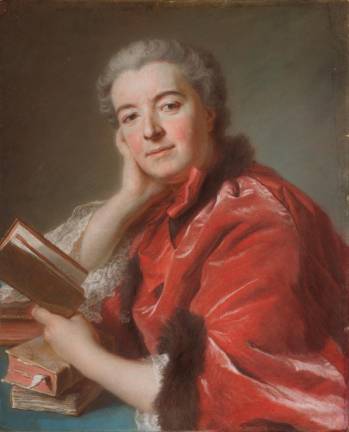
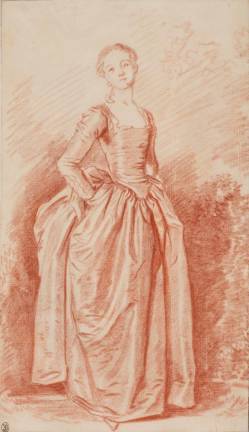
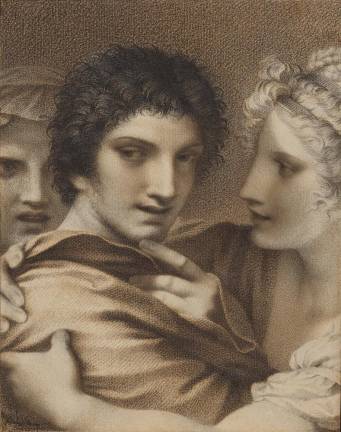
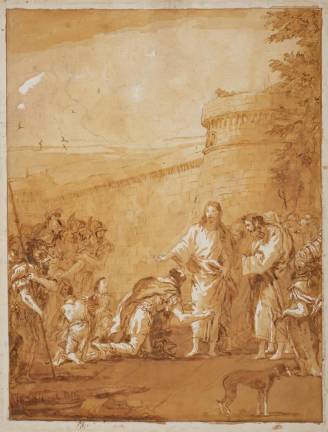
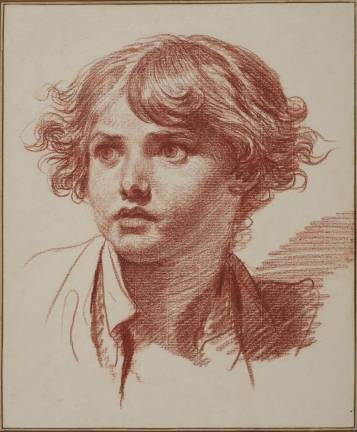
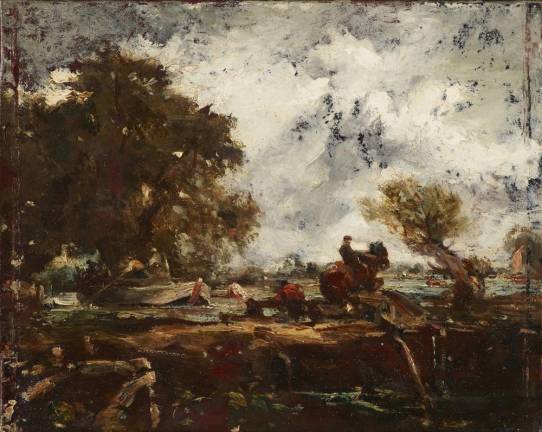
It’s literally the chance of a lifetime to see a collection of drawings in a history-making promised gift.
The Frick Collection, in its temporary home at 945 Madison Avenue at 75th, recently revealed a major step in its re-invention of itself: the Eveillard Gift. This promised gift of 26 European works on paper, according to Deputy Director and Peter Jay Sharp Chief Curator Xavier F. Salomon, “is a major step in expanding the Frick Collection’s works on paper and its largest collection of works on paper donated to the Frick.” (The Frick renovation and expansion will include the first purpose-designed gallery for works on paper at the house at 1 East 70th Street.)
The exhibit will be open until February 26, 2023, but due to paper’s fragility (some works date from the 15th century), it’s hard to say when they’ll be next be seen as a group.
The works on display, a promised gift from Elizabeth “Betty” and Jean-Marie Eveillard (both former Frick trustees; Betty is currently the board’s chair), span five centuries, with marquee names familiar to Frick regulars (like Degas and Goya), plus some exciting first appearances by other art legends (like Quentin de La Tour and John Singer Sargent).
A Paper Backstage Pass
This show takes you “backstage” to great works of art. “Works on paper,” explains Salomon, “are part of an artist’s working process, a ‘warm up,’ in a way. Working on paper first is part of overall preparation. It allows artists to work on composition of a work and try out different details. It’s a way to demystify the creative process.”
For instance, in Tiepolo’s “Christ and the Centurion of Capernaum,” you can see him working out the dynamics of his cinematic approach to composition – where to place the angels and soldiers, the horizon, the postures of Christ and the centurion.
Or the artist does a practice run on individual elements of a larger work. Jean-Baptiste Greuze’s arresting “Head of a Boy” is a dramatic red chalk rendering of a lad wide-eyed in fear, consternation, and alarm – but it’s not just any boy. His face appears in Greuze’s famous “A Father’s Curse” as the young son cowering in a crowded scene.
Or artists are mapping out a particular face, expression, or scene to be used repeatedly in different paintings. Guido Reni’s “Head Of A Woman,” the catalogue shows, can be seen in several other of his works.
Still other works are shorthand studies for a future work. Constable is famous for huge canvases of detailed countryside scenes, but his Study of a scene for “The Leaping Horse” is an impressionistic rendering of sky and scenery painted outside, as reference guide for studio work. Emil Carlsen used the same technique, visible at the Salmagundi show that closed on Sept. 30.
Heads, We Win
One aspect of this exhibit is the predominance of portraits that beautifully, even poignantly, illustrate subtle distinctions in human nature. Fragonard’s “La Coquette,” a fashionable young woman executed in red chalk, has a posture and attitude recognizable to any parent of a teen age girl. In “Reason Speaks, Pleasure Entraps,” Pierre-Paul Prud’hon shows a handsome youth deciding between a smiling gorgeous blonde embracing him while a sterner looking woman whispers a warning in his ear. The youth, in the middle, fingers on his chin, ponders which way to go. It’s a witty and well-crafted take on an ancient trope, the Choice of Hercules – the choice between virtue and vice.
The best of the portraits is the pastel work by Maurice-Quentin de La Tour, of Anne-Marguerite Perrinet de Longuefin, Mme. Rouillé. She’s an older woman wearing a sumptuous velvet robe trimmed in frothy lace (how does he do that with chalk?) sitting amid a pile of books. She radiates warmth and intelligence. She was interrupted in her reading (her finger holds her place) but she looks at the viewer with gentle forbearance.
Despite the fleeting nature of works on paper, all the works are fully fleshed out character studies. The flirty gal by Rosa, Goya’s merry tambourine player – there’s a whole cast of characters waiting for you, direct from the creative minds of some of Europe’s greatest artists.
If you like what you see and want to try your hand at drawing yourself, on Friday, November 4, 2022 at 5 p.m. the Frick Madison hosts the Cheng-Harrell Open Night: Drawing Inspiration from The Eveillard Gift, an event that’s free with registration.
“The Eveillard Gift,” a hardcover book about the gift and the works with expert commentary, can be preordered at the Frick and costs $45.